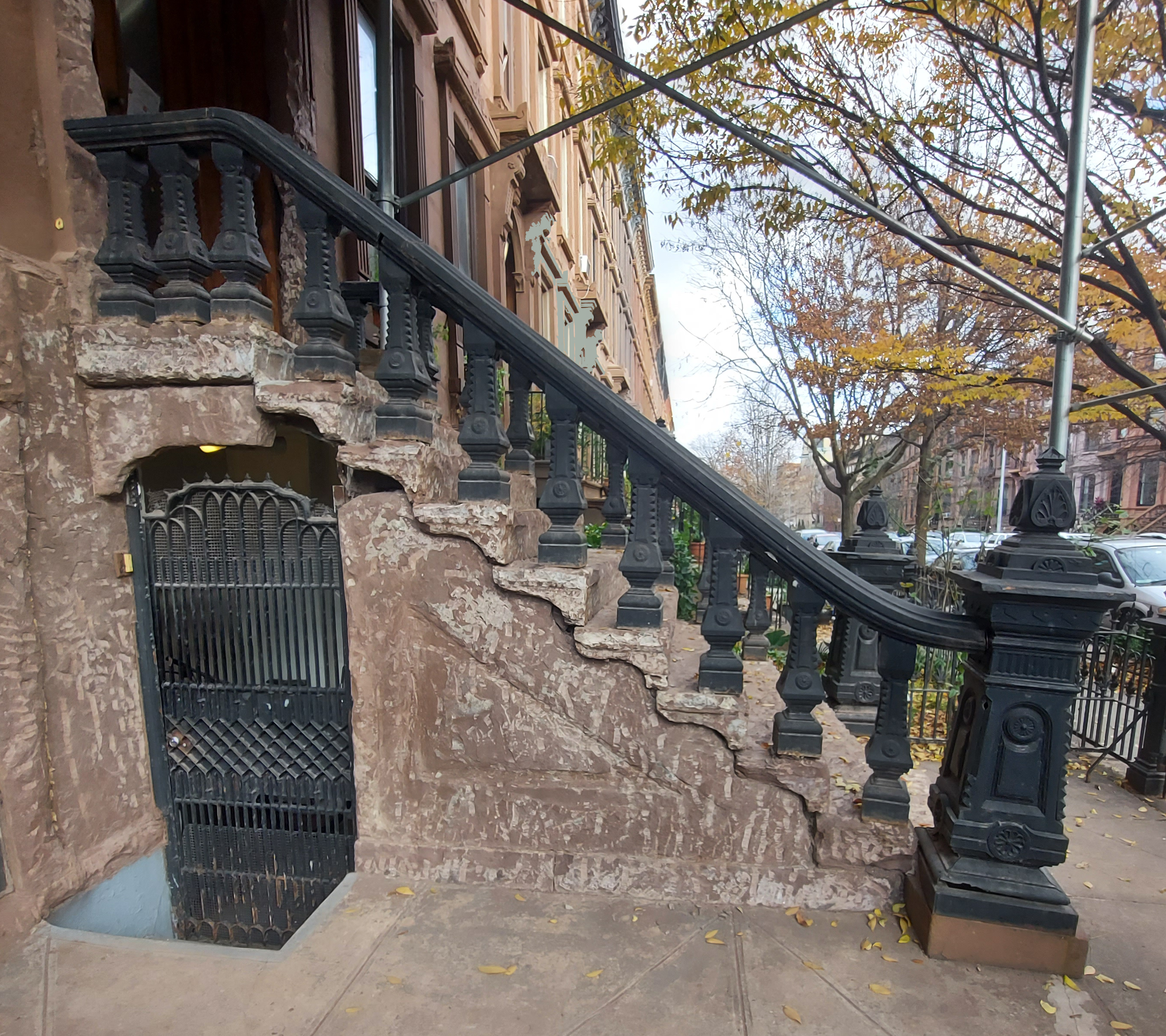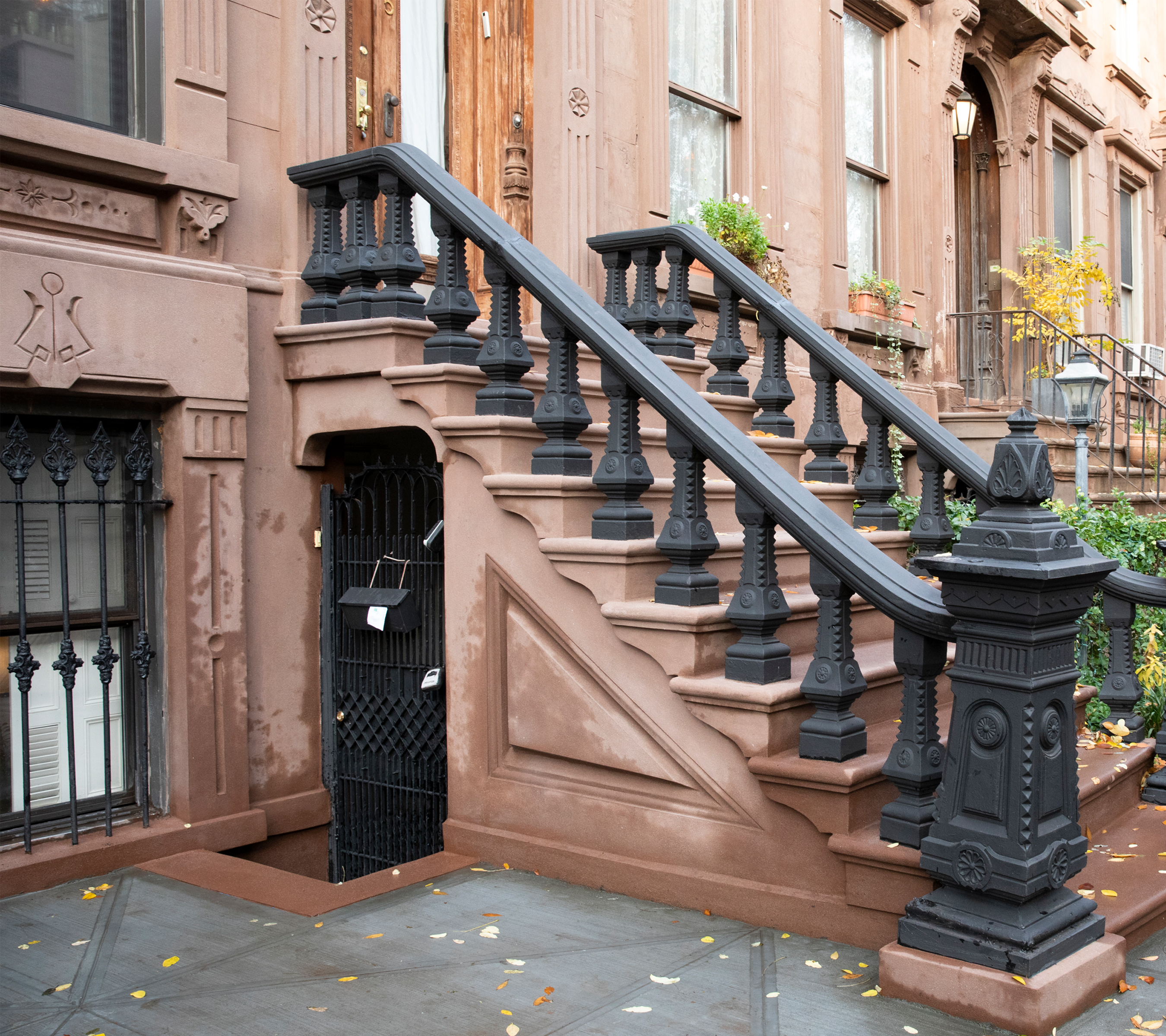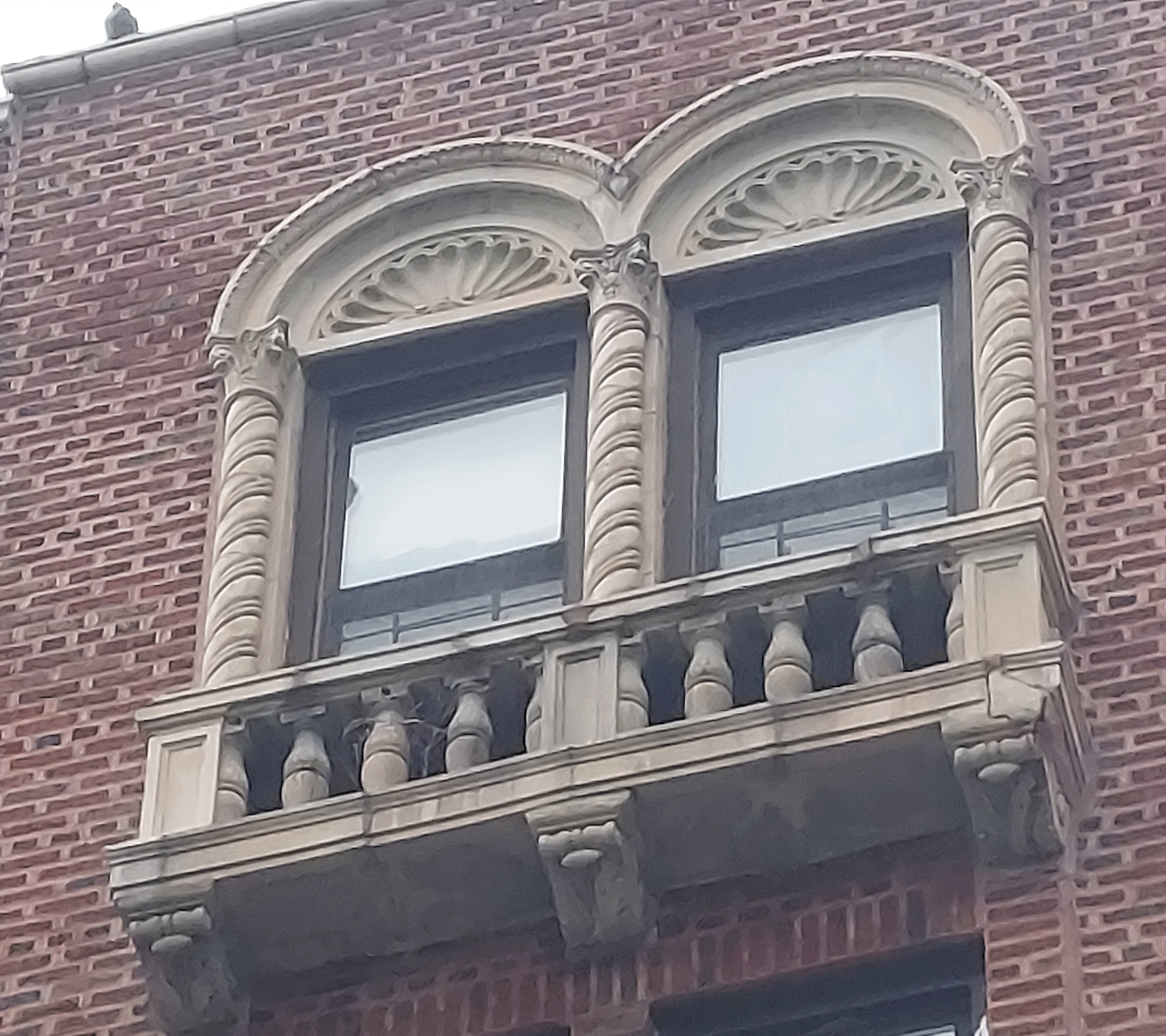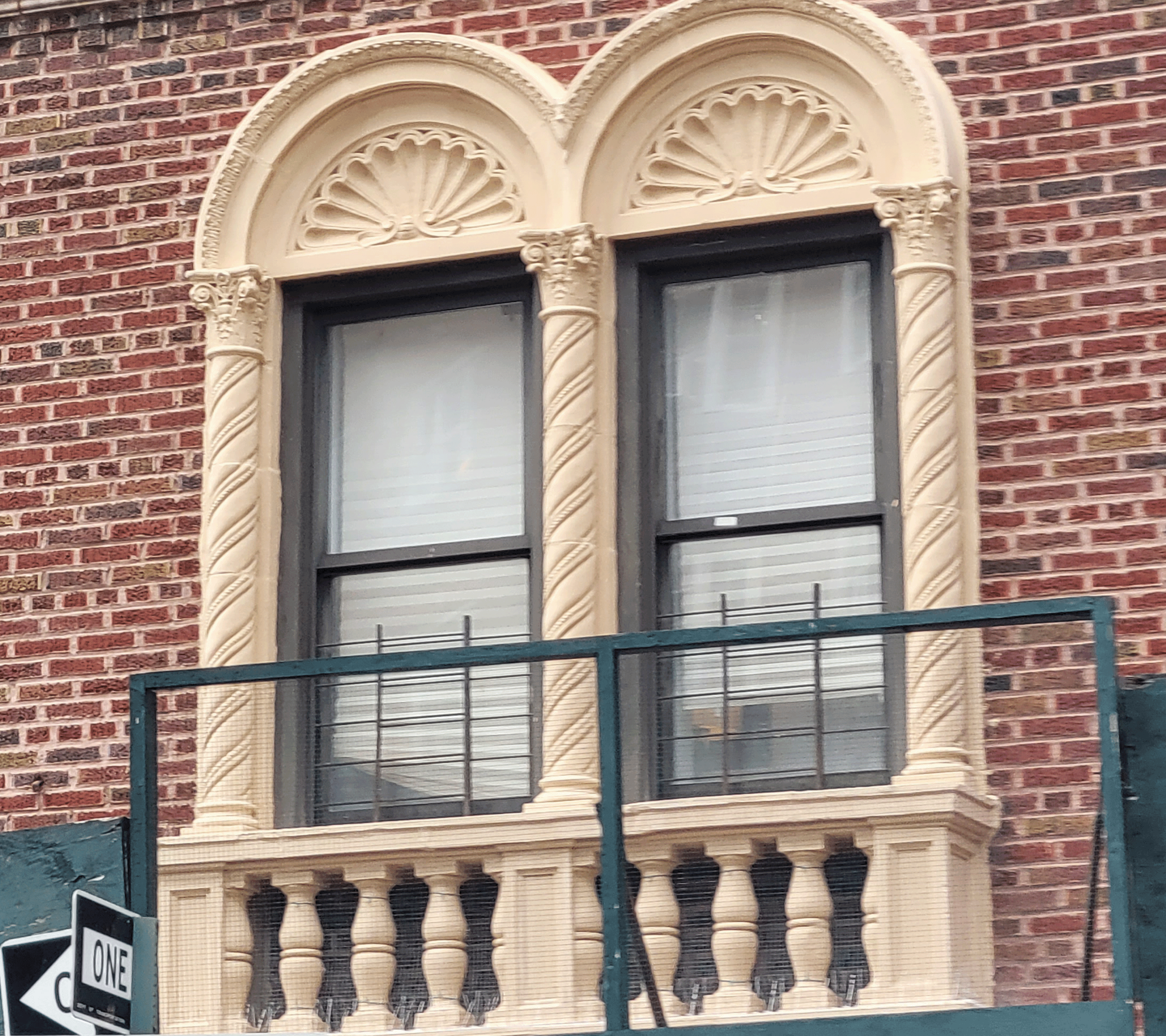BUILDING RESTORATION
Is the process of restoring a building to its original condition.
We approach each building with a comprehensive understanding of traditional building materials and construction methods as well as new high-performance technologies
In the field ofhistoric preservation, we accurately reveal, and recovering the state of a historic building, as it appeared at a particular period in its history, while protecting its heritage value.
The Landmarks Preservation Commission (LPC)
Is the process of restoring a building to its original condition.
We approach each building with a comprehensive understanding of traditional building materials and construction methods as well as new high-performance technologies
In the field of historic preservation, we accurately reveal, and recovering the state of a historic building, as it appeared at a particular period in its history, while protecting its heritage value.
The Commission was created in 1965 through groundbreaking legislation signed by the late Mayor Robert F. Wagner in response to the losses of historically significant buildings in New York City.
The Landmarks Preservation Commission is responsible for deciding which properties should be subject to landmark status and enacting regulations to protect the aesthetic and historic nature of these properties. These regulations are generally designed to allow property owners to continue to use and maintain their properties, while preserving the important architectural characteristics of the properties.
New York City Landmarks Preservation Commission
Freeze–thaw occurs when water continually seeps into cracks, freezes and expands, eventually breaking the rock apart.(Because permafrost is impermeable to water, waterlogged soil near the surface slides easily down a slope.) These phenomena are a result of the freeze–thaw cycle common to the tundra and are especially common in spring and fall.
The National Register of Historic Places (NRHP) is the United States federal government’s official list of districts, sites, buildings, structures, and objects deemed worthy of preservation for their historical significance
How weather condition affects the construction?
Weather conditions affect the design, construction and performance of buildings.
The most severe weather conditions which pose a danger are: hot and dry conditions, cold conditions, wind and storms.
Hot and dry conditions can cause major problems for the construction industry. The building codes as mentioned earlier also have a rule of codes for building hot and dry weather. The primary concern in hot weather condition is rapid evaporation and absorption of water from mortar. Lack of moisture can have dramatic effect on the building materials.
Cold weather can affect construction adversely, so it is always advisable to take necessary precautions to combat its effects. It is advisable to follow the building codes recommended by the American Concrete Institute (ACI) for concrete work and Brick Institute of America (BIA) for masonry.
A great deal of judgment is required to perform construction operations in a windy atmosphere. It is important to know what kind of equipment can handle maximum wind speed. It is important to remember that wind speed increases with the height.





